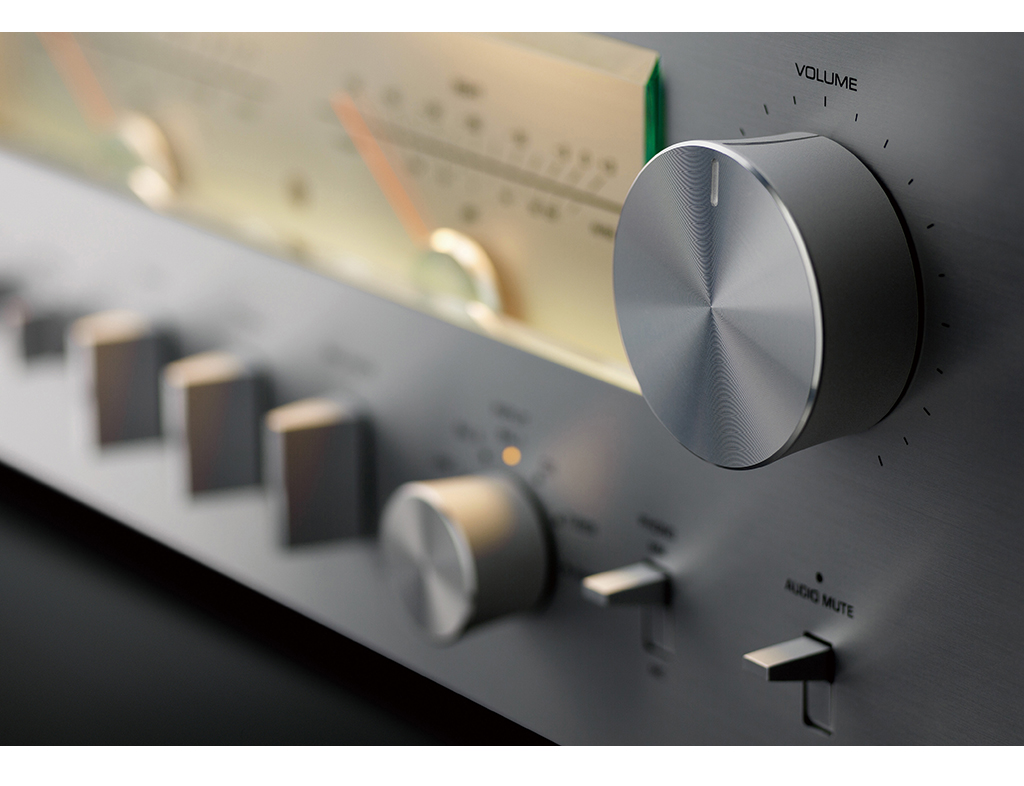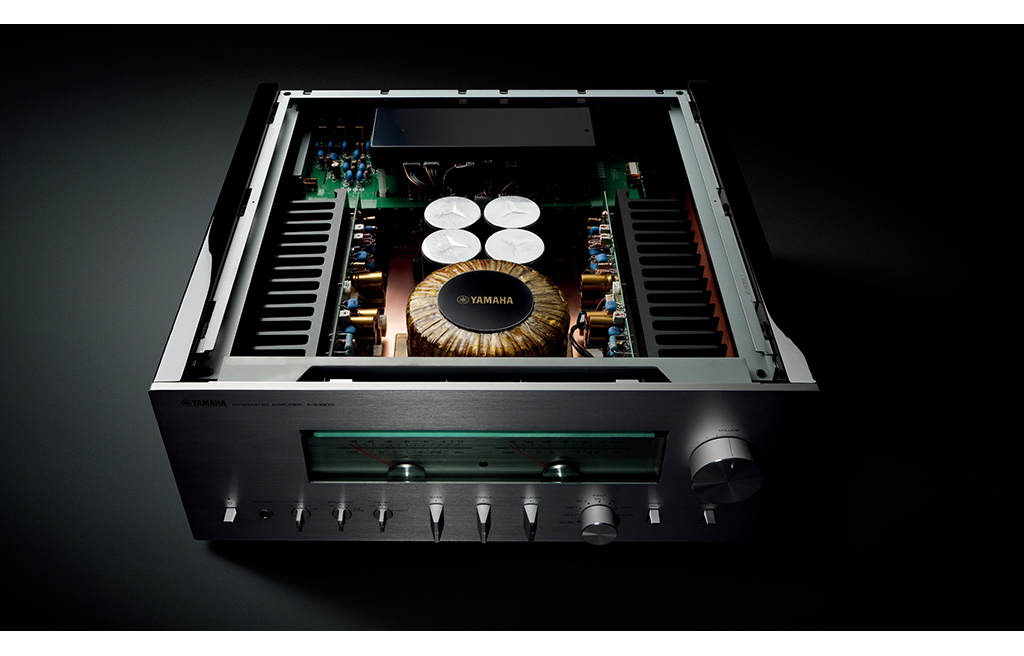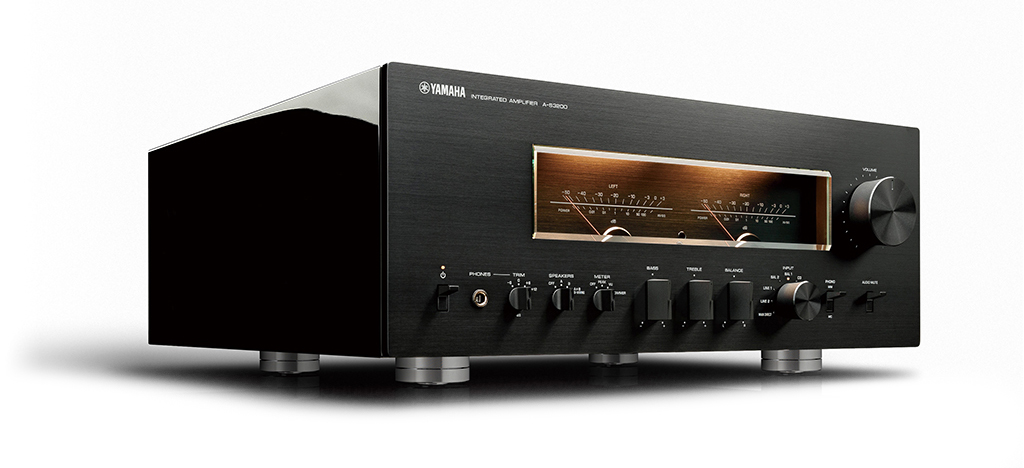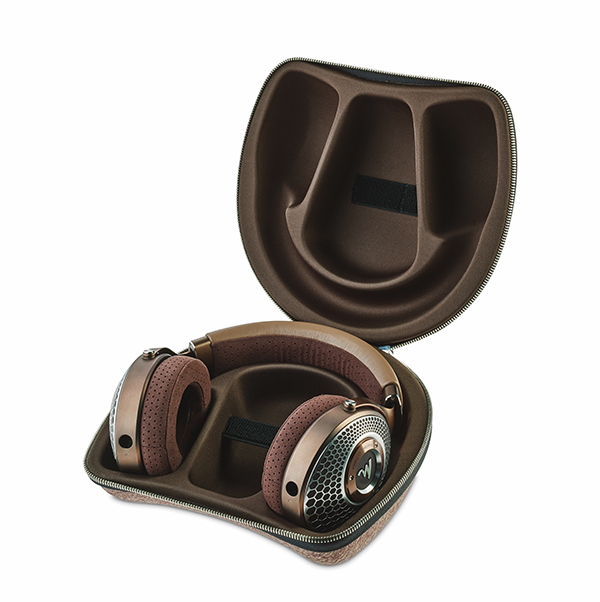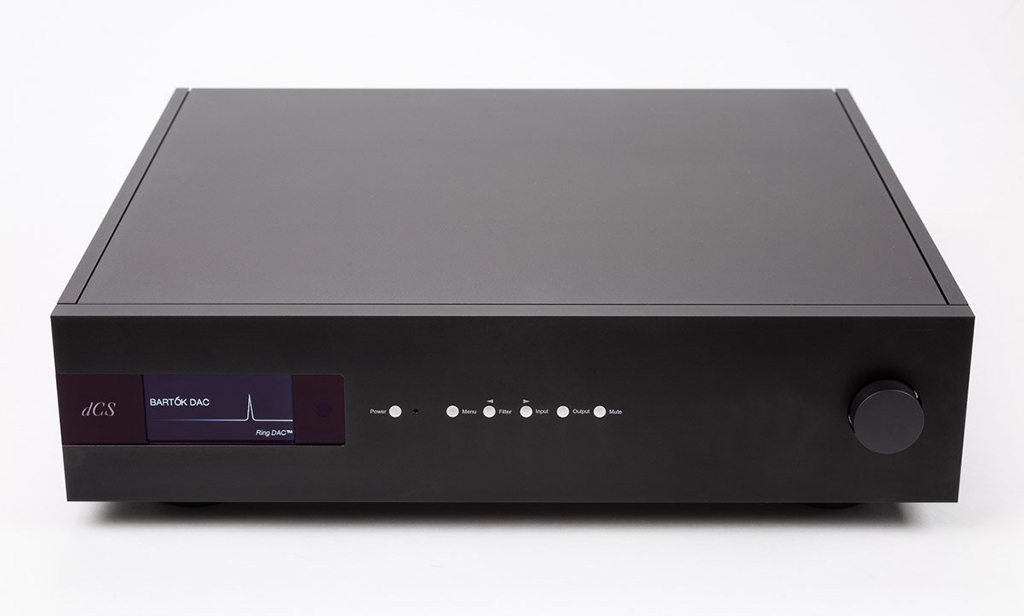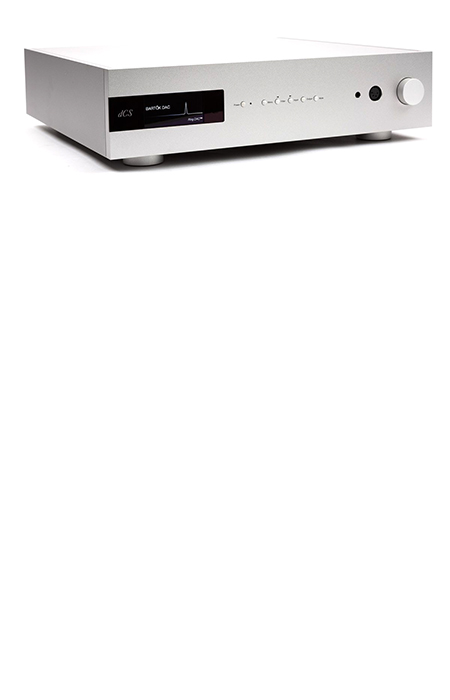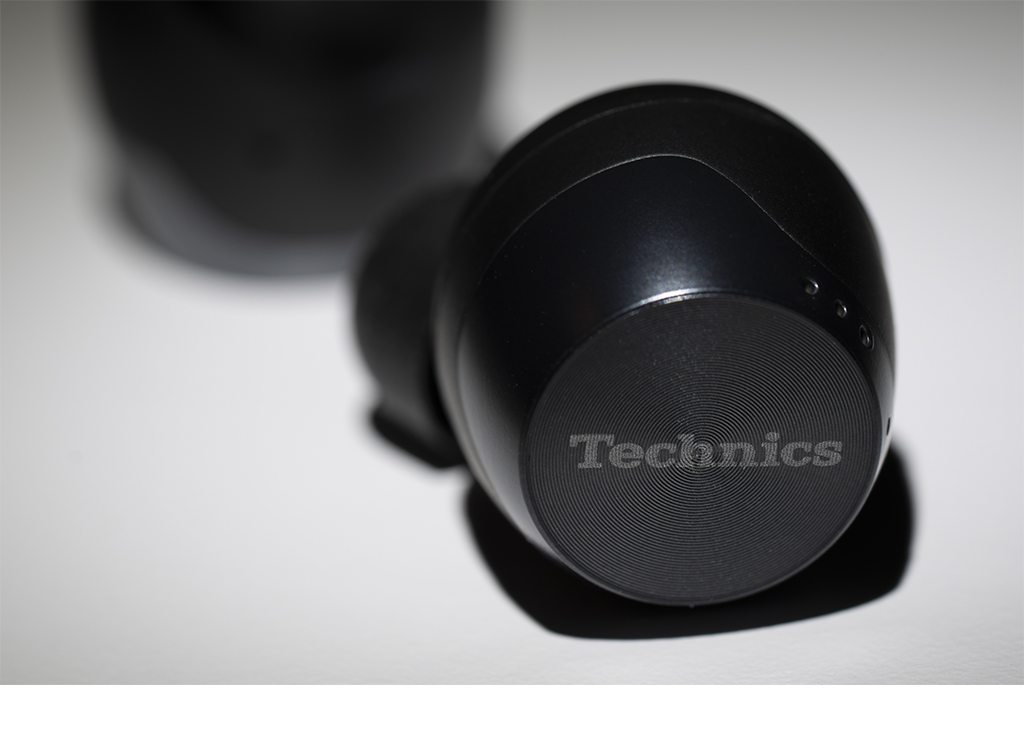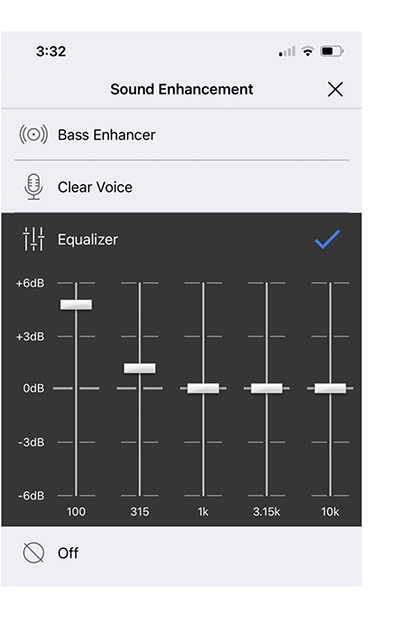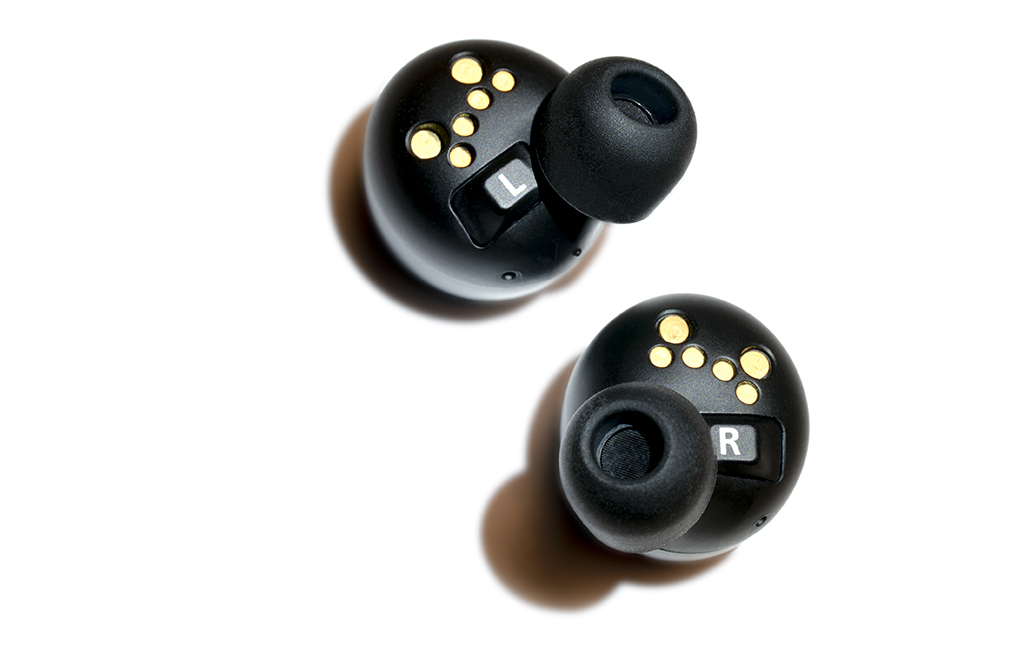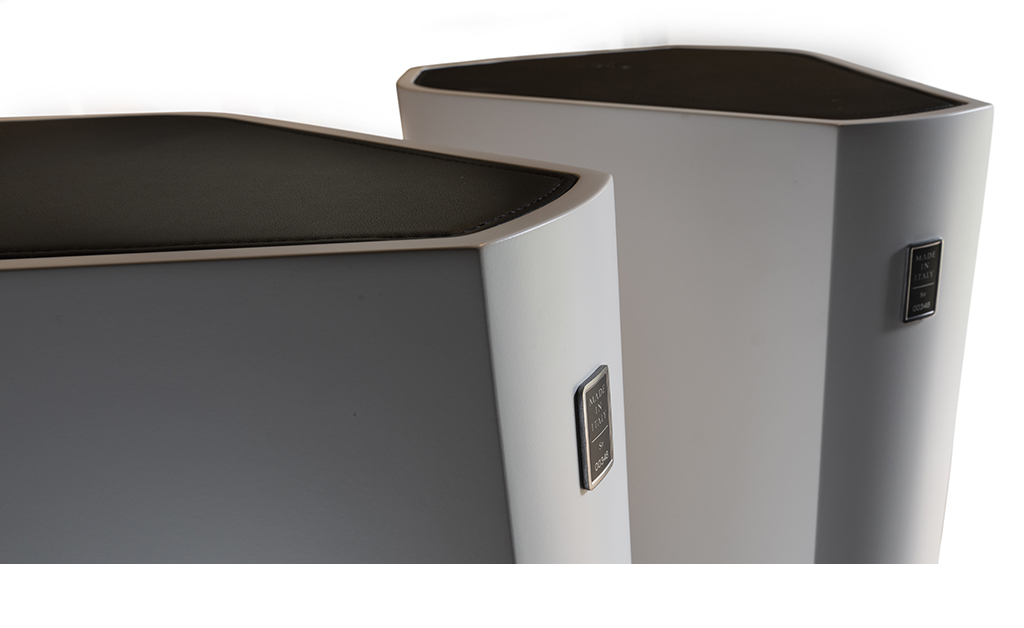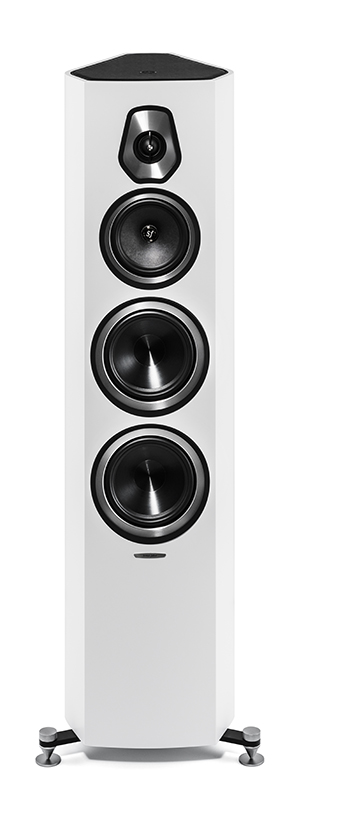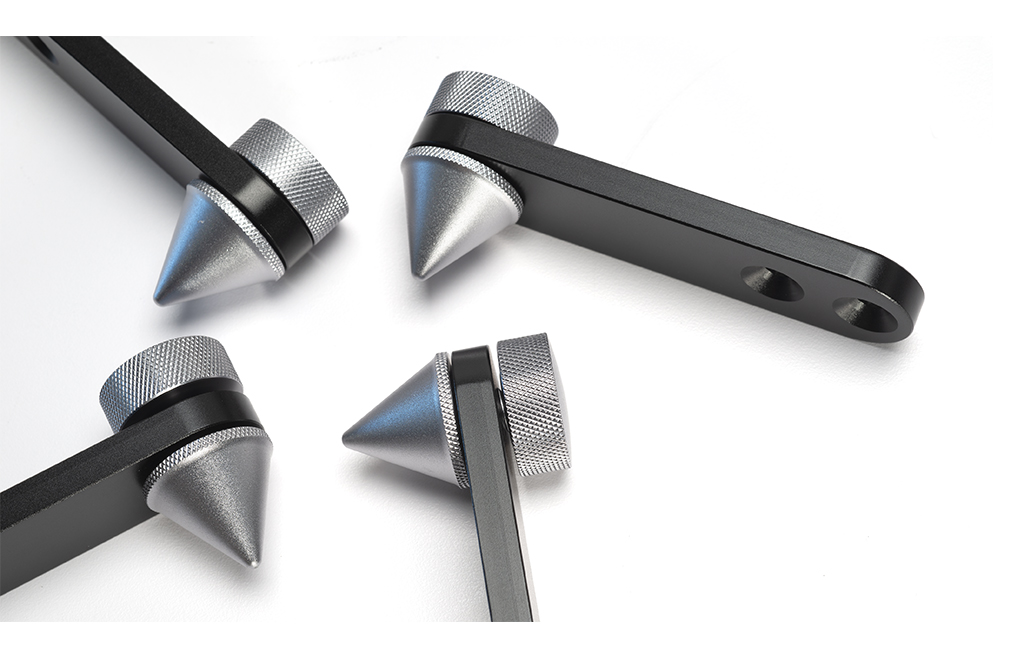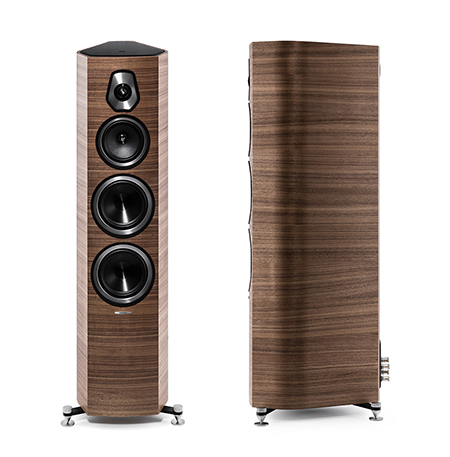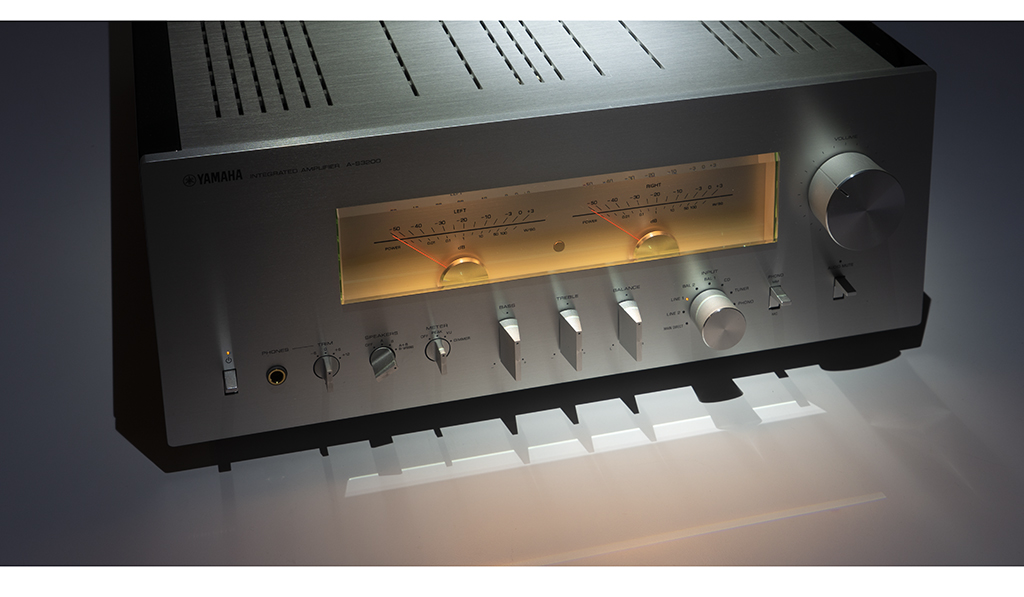 Watching the delicate power level meters bounce to the rhythm of Led Zeppelin from across the room, Yamaha’s A-S3200 serves up an experience that is as visually engaging as it is sonically engaging.
Watching the delicate power level meters bounce to the rhythm of Led Zeppelin from across the room, Yamaha’s A-S3200 serves up an experience that is as visually engaging as it is sonically engaging.
Maybe it’s just being of a certain generation, but backlit power meters are fun. Whether you were there in the beginning, when Yamaha receivers were very popular, or getting on the bus for the first time, the level of design execution this amplifier offers is luxurious in every way.
If you have six to ten thousand dollars to spend on a premium integrated amplifier, there are some fantastic choices – both solid state and with vacuum tubes. For argument’s sake, let’s assume you aren’t interested in being bothered with replacing tubes and would like to stick with solid-state for now. Still plenty of choices. Yamaha’s A-S3200 is at the top of their range, and with an MSRP of $7,500 offers power, performance, functionality and style.
Flexible like Gumby
In the tradition of Japanese integrateds from the 80s, the A-S3200 offers a wide range of function, while still offering a level of sonic performance that will make even the fussiest audiophiles happy. With a pair of balanced XLR inputs, four RCA line-level inputs and a switchable MM/MC phono input, you’ll never be at a loss, even if you have a couple of tape decks.
As the A-S3200 features balanced circuitry throughout, close comparison reveals a slight performance edge to using the balanced inputs if you can. It’s not night and day, slap you in the face different, but back and forth comparisons between the two, the balanced inputs communicate more spatial information and delicacy.
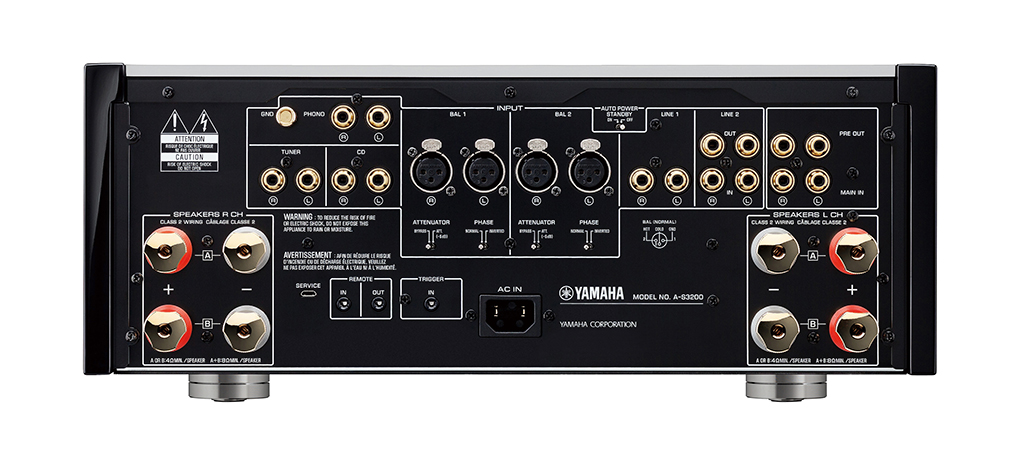 If your choice of music is primarily rock, pop, or anything heavily produced, it might just pass you by. Attempting to keep it real for everyone, a long string of VanHalen, and Billie Eilish tunes were played, with no real difference discernible. Both the dCS Vivaldi and Luxman D-03x players were used with a set of 2-meter Cardas Clear Reflection cables – XLR and RCA, in the effort to keep it as apples to apples as possible.
If your choice of music is primarily rock, pop, or anything heavily produced, it might just pass you by. Attempting to keep it real for everyone, a long string of VanHalen, and Billie Eilish tunes were played, with no real difference discernible. Both the dCS Vivaldi and Luxman D-03x players were used with a set of 2-meter Cardas Clear Reflection cables – XLR and RCA, in the effort to keep it as apples to apples as possible.
However, switching the faire to some light classical, with an old copy of the Netherland Wind Ensemble’s performance of Beethoven Wind Music, Octet Op.103, reveals slightly more air and delicacy around these instruments when utilizing the balanced inputs. Likewise, for Michael Hedges guitar classic, Aerial Boundaries. With this record, leading and trailing transient edges have more attack. It won’t drive you to madness through the RCAs, but it is enough of a difference, that you won’t be able to un-hear it if you have the opportunity. Ah, the life of an audiophile.
Mega functionality
In a nod to the golden years of audio (i.e. the late 60s to early 80s), the A-S3200 has plenty of inputs as mentioned earlier, a front panel headphone jack, and incredible flexibility. The headphone amplifier features a trim control with -6, 0, +6, and +12db output, making transitioning from phones to speakers more comfortable. We did not spend a ton of time listening through phones, but a random sampling of available phones produced more than acceptable sound. A nice touch for the occasional, but not obsessed headphone user.
Two sets of speakers are able to be accessed via the front panel, which is incredibly handy, and tone controls. That word. Vintage amplifiers often had fairly intrusive tone controls, but the A-S3200’s controls only affect extreme treble and low bass, making them very good at making up for deficiencies in recordings, or a slight adjustment in room response. Those coolio meters mentioned at the beginning of the review can be set to respond more like traditional, weighted VU meters, or peak indicators. Normal, dimmed, and off allow you to adjust the lighting to your taste and mood too. Some purists will want them off, but why?
MM and MC
Handily, cartridge gain for MM or MC cartridges can be adjusted from the front panel. MM loading is the standard 47k, but MC is only 50 ohms. This will make cartridges needing loading between 200 and 1000 ohms sound slightly dull and lifeless, so if you don’t have a cartridge in this range, plan accordingly on your purchase for the best vinyl performance.
Rega’s Apheta performs brilliantly loaded to 50 ohms, and the Denon DL-103r also turns in a great performance between 50 and 100 ohms, the Yamaha proves a fantastic match. The Kiseki Purple Heart, also available for a test run, (and normally loaded at 400 ohms) loses enough sparkle that it is not recommended with the Yamaha’s built-in MC section, but there are plenty of cartridges that work well around 100-ohms, so there are still plenty of choices.
This phono stage is no afterthought, with all discrete components in the gain and EQ stages, and it turns in a level of sonic performance that we’d expect out of an outboard phono stage in the $1,000 – $1,500 level. Best of all – you won’t need another set of cables. With this level of performance, this is a phono stage that a beginning music lover can be happy with, starting with a budget table/cartridge combination, yet have enough performance to keep you happy, should you upgrade your table, and start looking at $400 – $1,500 cartridges. The overall sound is neutral, dynamic and quiet.
The argument is often made that an integrated amplifier should contain a built in DAC, and while this is certainly the choice that some manufacturers make, phono stage technology does not become obsolete in the way digital technology does. Which brings up the DAC or DAC/streamer argument. This will probably be the big question you will have to answer before plunking down your credit card – would you rather have a very good phono section on board, and upgrade your DAC as times change, or potentially have an outdated onboard DAC 5 years from now? As Dr. Seuss says, “you’ve got brains in your head and shoes on your feet.”
Plenty of power
Yamaha claims the A-S3200 produces 100 watts per channel into 8 ohms, and 150 watts into 4 ohms. This has incensed some of the internet know it alls, claiming it can’t possibly be robust enough, blah, blah. However, those of our colleagues that take measurements, found this amplifier to produce between 170 and 180 watts into 4 ohms. Unable to bring myself to pry the gorgeous casework apart, as you can see from the supplied photo, there is a massive power supply under the cover of this amplifier. And it’s nicely built too – with an incredibly thick copper sub chassis to help with vibration and noise control.
As we are working on a speaker issue, more than the usual compliment of speakers are in the studio to audition with the A-S3200. With 100 watts or so per channel at our disposal, there are no issues driving a range of speakers from Dynaudio, Gershwin Acoustics, Acora, Penaudio, Sonus faber, Focal and Totem. We even tortured it a bit with the old Acoustat ESL’s – if anything will trip an amplifier up, it’s these. While Magneplanars are typically inefficient and power hungry, the old ESLs present a highly capacitive and complex load. Again, there was always enough range at our disposal to play music as loud as we wanted to without issue.
All of the speakers on hand were sensitive enough that we could not drive any of them to clipping in the 12 x 18-foot room used for nearly all of our test listening. This amplifier paints a large sonic landscape providing substantial bass drive and control. With the Focal Stella Utopia Ems still here, we could confirm that the Yamaha not only goes deep, but does a splendid job at controlling those big woofers when required.
The overall sonic character of the A-S3200 is ever so slightly on the warm side of neutral. Where the Class A offerings from Accuphase, Luxman, and Pass integrated amplifiers have a decidedly more saturated sound, the A-S3200, being Class AB, the Yamaha is a bit more neutral tonally. This isn’t a terrible thing.
Final notes
Yamaha’s A-S3200 is a flawless performer. This product is even more stunning in person than our photos or the ones from Yamaha suggest. This is a quality product in every way: great sound, rock-solid build, fantastic execution. The level of sonic quality on tap with this and a few other excellent choices in this price range is staggering compared to 5 or 6 years ago, when most audiophiles would have turned their noses up at the suggestion of a single box doing everything. All but the most obsessed can live happily ever after with the Yamaha A-S3200.
There is one thing to take serious note of, should you buy an A-S3200 for yourself. The idea of component break in is somewhat contentious, and anything dreadful out of the box doesn’t transform into wonderful 1000 hours down the road. These aren’t butterflies. However, the A-3200 is slightly dry and stiff sounding out of the box. Not a deal killer, but after about 200 hours of continuous play, it opens up tremendously. Further than I’ve experienced with other solid-state amplifiers, which makes me wonder if my test unit was up on a shelf in a warehouse for some time before it made its way here. So, my only suggestion is that when you take delivery on your A-S3200, give it a couple of weeks play time before you judge it completely.
This amplifier is towards the top of its range if you have no plans for analog, yet at $7,500 if you have analog ambitions that are somewhere in the neighborhood of a $750 – $4,000 table/arm/cartridge combination, the A-S3200 is an excellent value.
Peripherals
Digital Source Luxman D-03x Disc Player, Naim 555/PS555 streamer, dCS Vivaldi ONE
Analog Source Technics GAE-1200 table/Denon 103r cart, Rega Apheta 2 cart
Cable Cardas Clear Reflection (speaker and interconnect)
Speakers JBL L-100 Classic, Eggleston Emma 2, Focal Stella Utopia EM, Focal Kanta no.1, Sonus faber Stradivari, Harbeth C7-ES3




